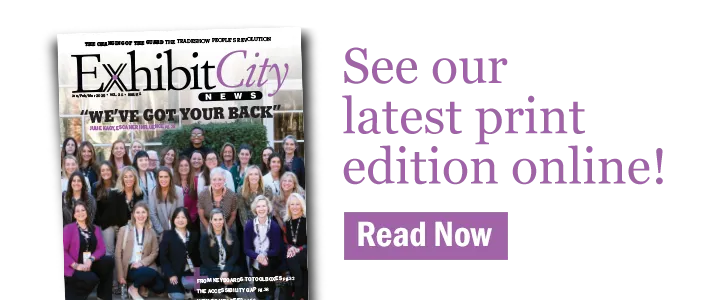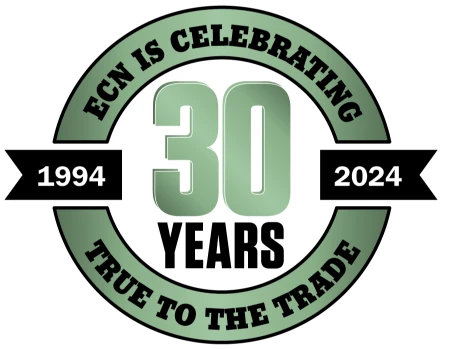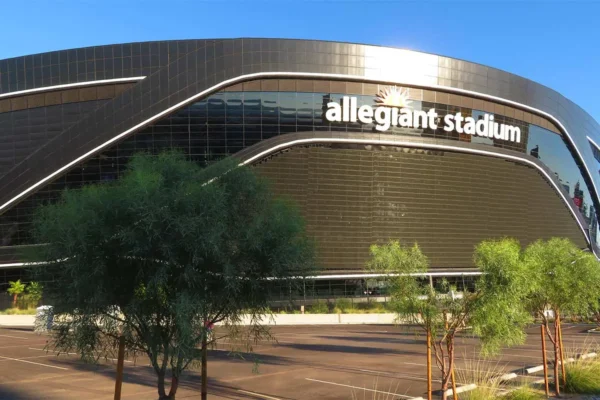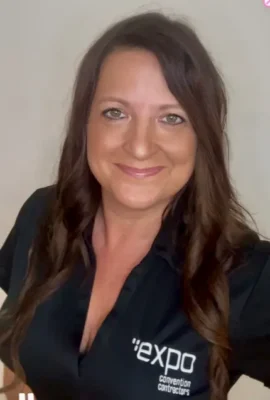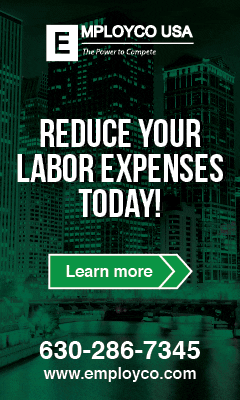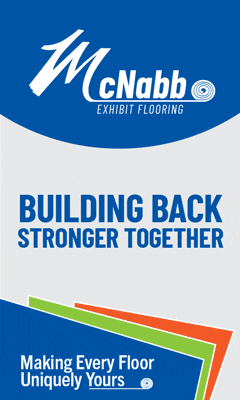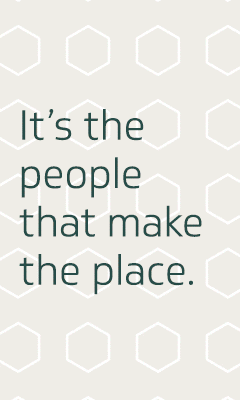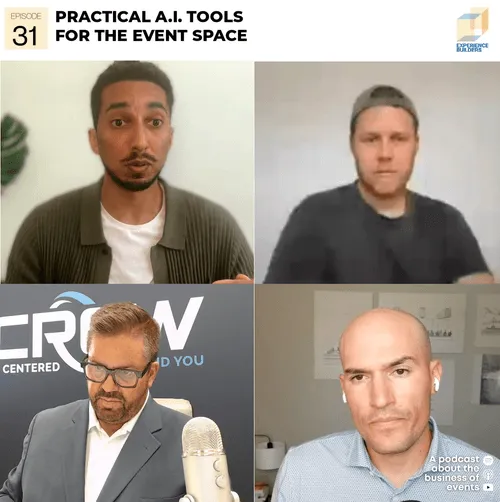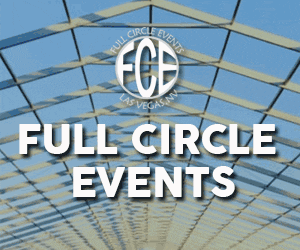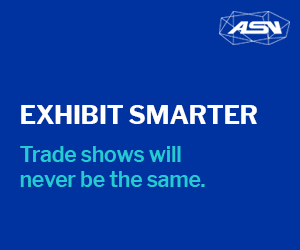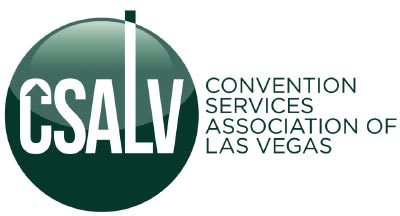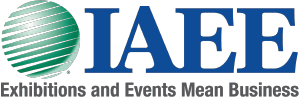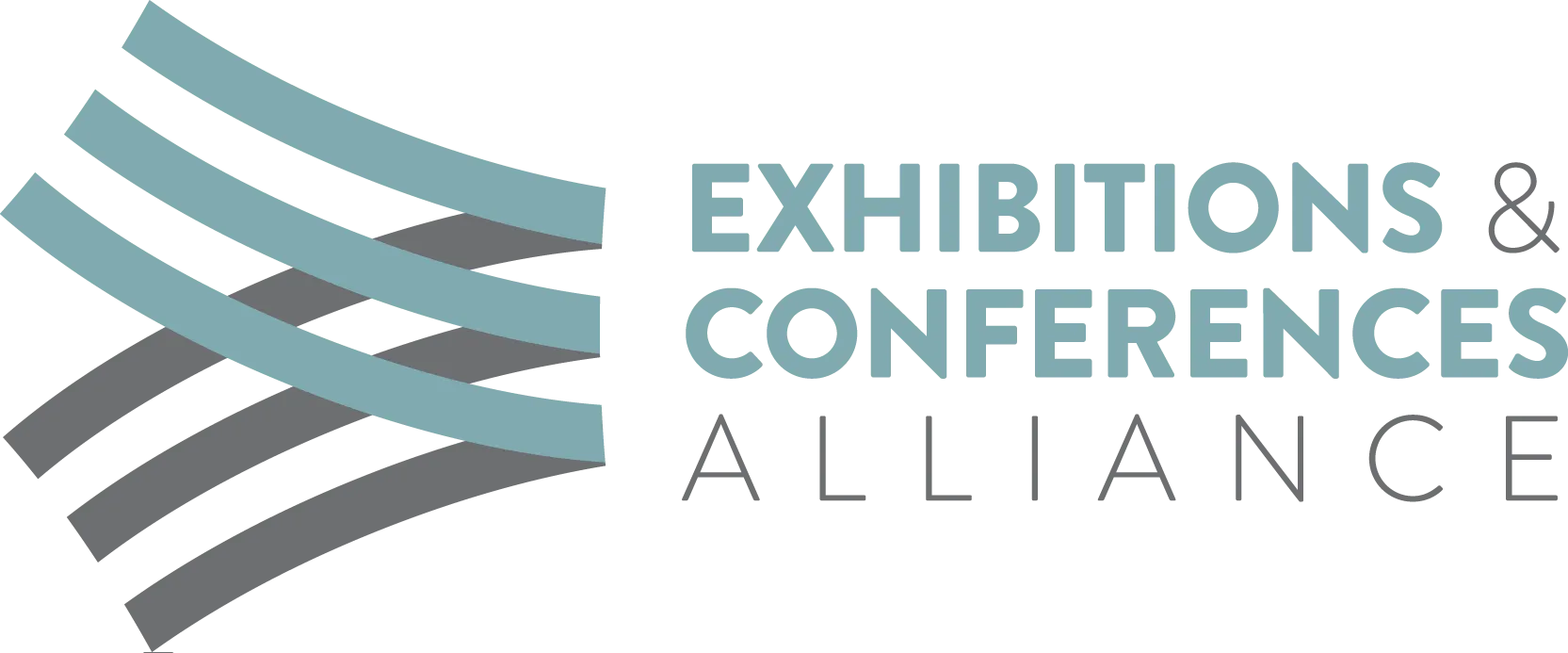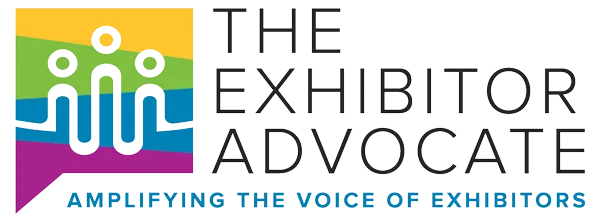With most people using smartphones and tablet devices but most tradeshows and exhibitors ignoring the technology, a great opportunity exists for exhibitors to drive foot traffic to their booths and exhibits.
About 80 percent of tradeshow attendees use smartphones, but only about 9 percent of events utilize mobile applications, according to the Professional Convention Management Association (PCMA). That means there is a great deal of opportunity to drive more foot traffic to specific tradeshow booths and exhibits.
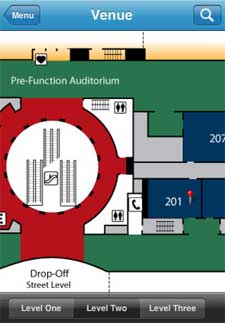
“We want people to walk away saying: ‘This was a great event,’” said Christian Saucedo, CEO, SpotMe. “You want to turn people who sit for three days into event participants.”
A mobile application too often becomes a static tool used as a show guide during a tradeshow and is not used to its full potential.
Attendee engagement is the key to getting good value out of a mobile app designed for a tradeshow, according to Saucedo, and there are several ways to do this. Spot polls, surveys and games designed to enhance learning can compel show attendees to use a mobile app provided by an exhibitor, even when they might not have intended to visit the booth.
“You have to drive people to your app,” said Saucedo. “Tell them why to use it and how. Let them participate. Give them a voice.”
Making the decision to provide a mobile application for smartphones and tablet-type devices might seem easy to do, but a great deal of consideration must be made beforehand.
“We’re all about integrating an app for an event,” said Steve Short, vice president of interactive services, PSAV. “But creating an app for an event can cost up to thousands of dollars for an app that might have a lifespan of a couple days on up to infinity, depending on how it is used and marketed.”
And even after it already has been created, the average mobile application takes about three weeks to develop for distribution by a specific customer, and many applications start with a price tag of $5,000 and go up from there, according to Trevor Roald, mobile event evangelist, QuickMobile. And developing a new, proprietary mobile application can take months.
Three critical elements to consider with any mobile application are content, which is critical and requires knowledge of load times and potential impact; how long it takes to actually create the application; and the potential pratfalls of Wi-Fi Internet technology.
“The thing you need to know is – Wi-Fi sucks,” said Roald. “Wi-Fi can make or break an app.”
Many mobile applications require constant connection with the Internet, and Wi-Fi might not be good enough to provide that permanent connection at the venue. Information can be cached while Wi-Fi connections are down, but the downtime also might mean lost foot traffic to a booth or exhibit.
“App delivery is very important,” said Saucedo. “An Internet server can be bottleneck.”
While the Internet can be troublesome, apps often times must be tailored for specific types of mobile devices and operating systems. A single application for a single tradeshow might need a half dozen versions to fully support the various devices attendees use. Some apps might need to be written for a single type of device, but content must be the same across all platforms.
“Content management, timing and Wi-Fi: those are the three things clients tend to overlook,” said Roald.
With Internet and similar issues sorted out, it is important to actually promote a mobile application to help ensure its use during an event.
“The value in an app is in its adoption,” said Short. “You have to generate enthusiasm and get people to use your app.”
Among ways to generate enthusiasm and promote a proprietary app is to make the landing site as visual as possible with meaningful content and eye-catching graphics.
“You want to encourage people who are attending the event to use the app and talk about it,” said Short.
And once attendees want to download the app, it should take only one click on a link to accomplish the download. The more links that are required to complete a download, the more likely someone is to stop the process and go on to something else. QR codes that can be scanned once by a smartphone or tablet device in order to download a mobile application can work well, but they should not be the only way to obtain the app.
Executing an email campaign utilizing a targeted and developed message aimed at known attendees before an event starts can help promote a mobile application, and broadcasting on social media sites and creating short videos and tutorials can greatly boost an app’s usage.
Getting event speakers and exhibitors to promote a mobile application also helps spur people to use it during and after a show. If a keynote speaker can mention a mobile application as an event is getting underway, the app stands a good chance of getting enough use to accomplish its strategic goals for the show. And if that speaker can demonstrate its use, adoption by show attendees is highly likely, as is a successful tradeshow for exhibitors using mobile applications to enhance their event experience.
So when looking for new ways to drive more attendee participation and get a greater value out of a tradeshow, many exhibitors would do well to consider a mobile application.
Popular mobile applications for tradeshows and other events
While certainly not intended to be an exhaustive list, examples of popular apps for tradeshow attendees include:
•ScanLife helps exhibitors create QR codes that can be scanned with smartphones and used to take attendees to websites, Twitter accounts and other destinations.
•Foursquare is a check-in app that links to Twitter and Facebook accounts and helps direct attendees to your exhibit or booth.
•Qik Video Connect is a free app that lets exhibitors share video, such as product demonstrations, with Twitter and Facebook users in near real-time.
•Super Planner provides many planning tools for event organizers, including a logistics tool for calculating room capacity.
•Event Expresso has a variety of event-planning tools, including event registration, attendee profiles, a payment tool and custom posts.
•Fusion enables event planners and exhibitors to create an affordable mobile application in only a few hours that can be edited and updated as needed.



